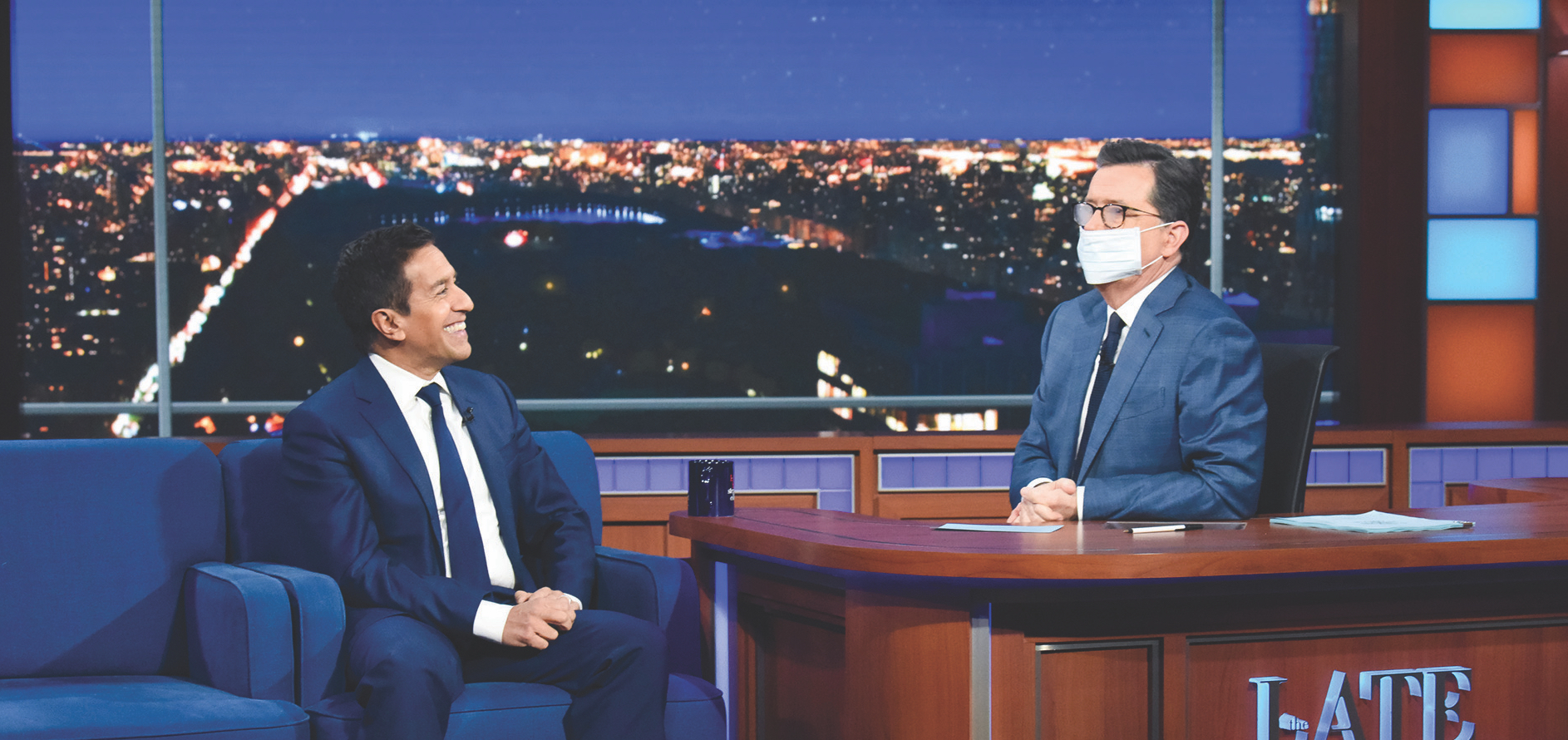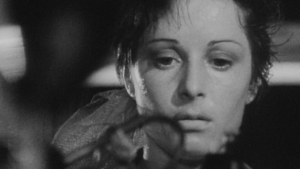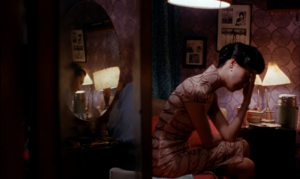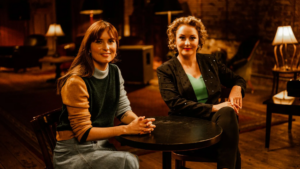We might not often think of ‘live’ television as something that relies on an assembled audience. Actually, there are probably few times when we think about a collected audience watching television at all, except perhaps for the groups put together in the matrix-like combination of Gogglebox or else through hashtag trends on social media. At worst, the canned laughter of mainstream sitcoms comes to mind – in all its clichéd glory.
The need for physical distancing across the world has changed the way the arts have operated everywhere. In the worst cases, performances were stopped altogether – and, interestingly, these were often choices made by artists themselves worried about the welfare of their audiences. Often, individuals and very small teams chose to sacrifice their income to protect their audience’s lives, and did so well before they were legally required to do so. It was leadership that generations to come will admire.
Where the show has been able to go on, it’s been without an audience present, and, in the case of television, this absence has shown the important role that a studio audience plays. In Australia, ‘shiny floor’ reality show Dancing with the Stars tried its best to forge on in a business-as-usual manner. The nickname ‘shiny floor’ is an industry term used as shorthand for a type of light entertainment for a general audience, with the shiny floor there to literally make the sets (and stars) shine and create a party inside the screen to reflect out to the viewers at home. Accordingly, the tassels remained as Dancing with the Stars continued over its season’s final two weeks; but, with no studio audiences, it soon became clear just how much performers need energy to give energy. Meanwhile, contestants like the eventual winner Celia Pacquola played with the situation as best they could, encouraging audiences at home to ‘social disdance’ and play along at home with the hashtag #DanceLikeNoOnesWatching from the 15 March show onwards. The idea was to ask viewers to film themselves dancing alone too, with the best entries making it to broadcast. It was a cute fix.
Internationally, the loss of studio audiences made for much bigger changes. In the United States’ biggest COVID-19 epicentre, New York, programs The Tonight Show Starring Jimmy Fallon and The Late Show with Stephen Colbert were the first to film on empty sets, on Thursday 12 March. In each case, the result was funny, but not quite for the intended reason. Fallon appeared sombre and confused but did his best, pushing through with the nice and steady persona he’s cultivated to make for something that felt a bit unpolished but still fit the brief. In contrast, Colbert seemed quite dishevelled, off the mark in both the staging (literally) and the content – obviously thrown without the anchor of his regular in-studio support. The video of his monologue that was later posted to YouTube said it all in the thumbnail, which was simply labelled ‘Without a Net’. Over at The Daily Show, host Trevor Noah literally sang farewell to the studio audience he would miss from now on. The next day, The Hollywood Reporter noted the strangeness of the situation with an article on the suite of programs affected, simply noting how they had ‘fared’ given the circumstances.
In the coming days and weeks, television continued to be produced where possible. The loss of the live audience had been replaced with ‘at home’ editions made on mobile and streamed devices, while ‘socially distanced’ panels presented in studios that were clearly reduced in size. Fallon’s and Colbert’s shows began again as mini experiments in the first weeks after the lockdowns, and the roughness of these showed the skill that each performer really has. Raw, dishevelled, with family/pets interrupting and with scripts barely buffed, they offered fun distractions, granting permission for our lives at home to be the same as before in some ways, even if – unavoidably – still very different.
Other regular live television has also continued with necessary changes. News and panel programs clearly show hosts positioned at a safe distance from one another, forcing camera operators to adopt wider angles and set designers to cope with the challenge of ‘doing something’ with the 1.5 metre gap between people on screen. It’s also meant a need to deal with varying technical quality and control over how guests appear – with all guests appearing remotely, usually from home, and usually with a less-than-ideal internet connection (as well as limited capacity to move away from the ‘up the nostril’ camera angle). Despite this, the show is going on, and adaptation is happening swiftly. Changes in audiovisual quality are becoming less jarring over time, and games like ‘What is that book in the background?’ are adding an extra layer for those of us watching at home. While we don’t have an in-studio audience to help provide energy, broadcasters are continuing to keep us connected and remind us that, even if this is not ‘life as normal’, it is still life. Television remains, as Raymond Williams famously described it, both a ‘technology’ and a ‘cultural form’.





